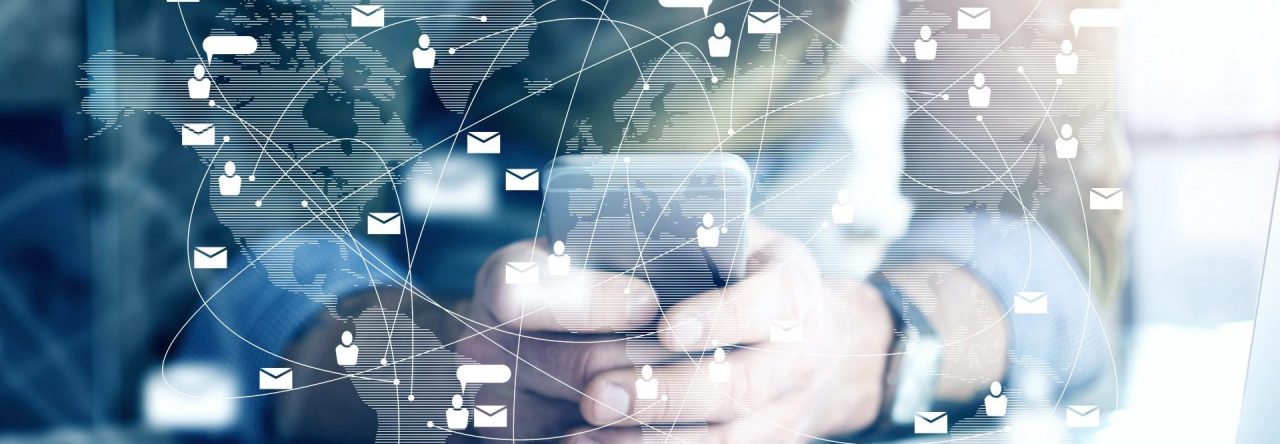
If you are looking for information on IT Support, then you are in the right place. There are a number of different aspects to consider when trying to find the best way to handle this aspect of your business. Whether you are looking for software license management or a system that monitors sessions, you’re sure to find the information you need here.
Levels of IT support
Levels of IT support vary from provider to provider. In general, most managed service providers have at least three. These tiers can be illustrated by number, specialized services, staff size, or a combination of these. Each level serves a different purpose.
The first level is often referred to as the help desk. The main goal of a help desk is to solve user problems. The level is usually available around the clock.
A second line of IT support focuses on more advanced issues. These problems are usually solved by experienced technicians. They also have more technical expertise and may have better knowledge of the company’s hardware and software. They can provide solutions and suggestions for more complicated problems.
The third line of IT support is usually staffed by personnel involved in the development of the company’s products. These individuals may also participate in the creation of hotfixes.
Remote access
If you are an IT support specialist, you may be facing the daunting task of supporting a remote team of employees. You must be able to communicate effectively and work efficiently, as well as provide technical support. Managing remote access will become increasingly important in the future.
Many employers are turning to virtual clocking in and out, computer usage tracking, and communications monitoring to keep track of their employees. Using remote access technology helps improve employee experience and productivity. It also allows you to scale back on physical office space.
A remote desktop connection can be used for customer service and IT troubleshooting. It can be a good option for remote workers who deal with sensitive data. However, it can be inefficient and slow.
Password management
It’s no secret that passwords are the backbone of any good cyber security strategy. A good password management system will make it a breeze to remember your various credentials. However, a bad password management system can leave you vulnerable to data breaches and identity theft.
The most secure way to protect your information is to create unique and strong passwords for each of your online accounts. You should use strong and complicated passwords that include special characters, numbers, and letters. Having unique passwords makes it easier to segment your data across different sites and services.
For some people, having a good password is the first thing on their minds. It can be easy to forget passwords, which can lead to hackers taking advantage of your login credentials. A good password management solution can eliminate this problem by storing and protecting your credentials in a secure, centralized vault.
Session monitoring
Session monitoring for IT support helps organizations meet audit requirements. It provides a reliable audit trail that can be used for periodic or forensic audits. It is especially useful for monitoring privileged accounts, such as those that hold cardholder data.
Privileged account credentials are an important target for cybercriminals. Therefore, a robust privileged account security strategy is essential. However, this strategy cannot account for every risk behavior and situation.
As a result, monitoring privileged accounts is more important than ever. Session monitoring can help companies meet PCI DSS compliance and prevent data breaches. In addition, it can help ensure that a company’s systems and networks are secure from unauthorized changes.
When it comes to privileged sessions, there are several ways to go about recording. One option is to use a tool like the Securden GUI. This is a web application that records entire user sessions. The recordings are stored centrally and can be replayed at any time.
Software license management
Software license management is a key component of any IT support operation. Keeping track of software licenses can help you reduce overprovisioning and avoid overspending. It can also help you identify sudden spikes in software usage. In addition, it can show you which versions of software are in use, and alert you when they reach their expiry dates.
There are numerous types of software licenses. Some of them include pay-per-use licenses, subscriptions, and maintenance contracts. These licenses are billed by the vendor based on the actual usage.
In order to effectively manage your software assets, you’ll need an automated solution. This will allow you to track all your software purchases, and alert you to any problems with licenses that you’ve purchased.
One of the first things you’ll need to do is put your licensing information in a central location. Your data should be organized by product, version, and location. This helps you easily monitor and assign licenses.

